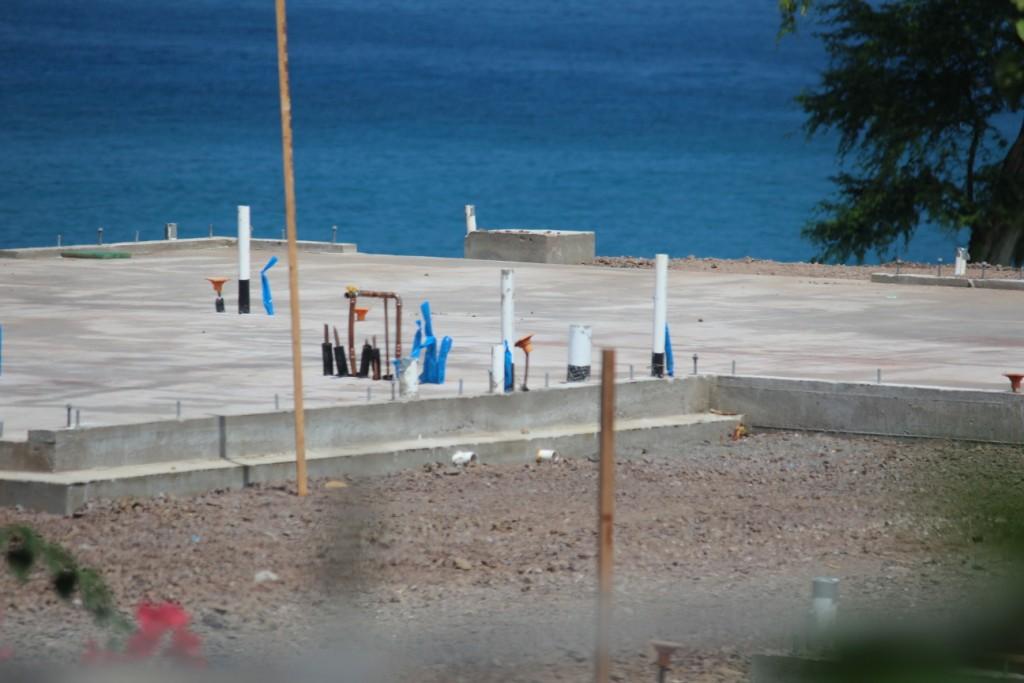We just had a reader question come in regarding concrete slabs. Marie from Texas asks, “We just installed concrete slabs for a new barndominium. I have heard that you are supposed to cover the sides of the slab with stone or dirt. Is this necessary?” Thanks for the question Marie. We are glad to hear you are moving forward with your new project. There are three major reasons to fill in around the concrete slabs of your new structure.
Rainwater Drainage
It’s important to get rainwater away from the foundation as quickly as possible. This prevents water from creating foundation problems. If it runs under the slab, it can undermine the soil and stone supporting the slab. Have you ever seen a concrete sidewalk with a crack in it that has settled? The cracks let water through and over time, the water washes out the supporting soil or stone below the slab. This causes the slab to fall as the support is removed from below. So for your new concrete slabs, you want to prevent any movement that might cause structural issues. Most building codes call for a minimum drop in grade of 6 inches for the first ten feet out from the foundation. This helps get the water away from the home as quickly as possible.
Frost Protection
One of the other major reasons for filling in around a new slab is to protect the area below from freezing. Being in Texas, freezing temperatures are probably a rare occurrence. But if you do get some cold weather and the slab isn’t protected with soil around it, the freezing can take place very quickly. And if the area under the slab freezes, it can swell and push up on the slab, causing structural problems. So the soil surrounding the slab acts as an insulator to keep the area underneath warm.
Stone Support
Most slabs have a layer of stone placed below them to allow for drainage and support. If there is no soil backfilled up and around the new concrete slabs, the stone may make its way out from around the edges of the slab. If this happens, it can leave the slab unsupported around the perimeter. This lack of support will lead to cracking and possible displacement of the slab over time, which can create structural problems for the structure.
Hope this helps Marie. Feel free to shoot us another email if you have further questions…and good luck with your project.


